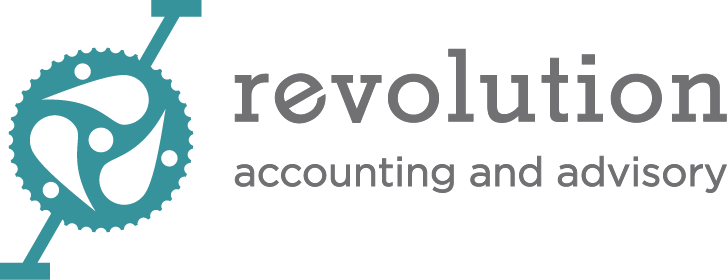Thriving in the Discomfort Zone
The key driver for success in many areas is accepting, even looking for, discomfort. Maybe the best example of this is sports training where the only way to grow skills and build strength is to actively engage in being uncomfortable. Muscle is built through causing microtears in the tissue. There’s no way that can be what you’d call comfortable, even if we can appreciate the sensation over time. Form and technique in any physical activity are improved by overcoming habitual and familiar kinesthetic feedback and pushing ourselves into a place that feels awkward. Until it doesn’t. And then it’s time to work on another uncomfortable piece of our technique.
In many sports, to improve means getting outside in the elements through all the months of the year, which again requires an embrace of discomfort. Even though you know you’re going to be fine in your rain gear once your body gets warmed up on a long winter bike ride, you still need to get past that initial part where you go out in the storm and you don’t feel fine. At all.
This is the cycle of getting better, and it also applies in areas of our business where we are looking for growth, whether that’s in skills, markets, or level of responsibility. For example, in order to find new business, I might need to pick up the phone and call somebody who didn’t ask me to call them and might very well refuse my call. To take on a new project, I have to say yes to being told no.
It’s also not unusual at all to be asked by a boss or a client to do something that we haven’t done before. As a consultant, I get requests for two kinds of services: things I’ve done many times and have a track record for and things I haven’t done before. Naturally, when I’m asked to do something I haven’t done before, my internal response is “I don’t know how to do that.” Of course, my external response is more along the lines of “Of course! When would you like to get started?”
Accepting an assignment to do something I “don’t know” how to do is just a preliminary step to asking myself, “If I did know how to do it, what would I do first?” and then diving in from there. Often, that first step entails reaching out to other colleagues or resources and educating myself. Here’s the thing about taking this kind of a project on: every step requires another stretch of my skills, which means I have to stay in the Discomfort Zone, sometimes for weeks, to get the project done.
A key to thriving in the Discomfort Zone is paying attention to the things we tell ourselves. I have a hard time with positive thinking and affirmations because they don’t feel real to me. But what does work very well for me is critically examining the negative self-talk that I generate when I’m deep in discomfort. Sometimes I write the thoughts down; sometimes I tell somebody else about them. But getting those thoughts out of the subconscious and into a place where I can look at them objectively lets me see how flimsy my unconscious arguments are – or strategize how to work around the mental obstacles and get on with the job.
For an active professional, team or organization, the alternative to discomfort is to stick with the familiar skills and services, which is probably a necessary part of the revenue mix, but left alone will inevitably lead to stagnation personally and potentially to obsolescence professionally.
The upside of whatever discomfort we run to is that, on the other side, we’ll have new skills, greater relevance, and maybe more satisfaction and engagement with the business we’ve chosen to make a living.
